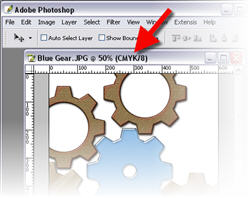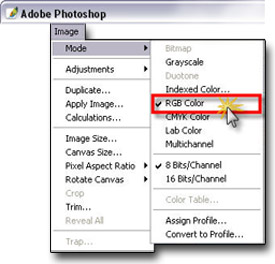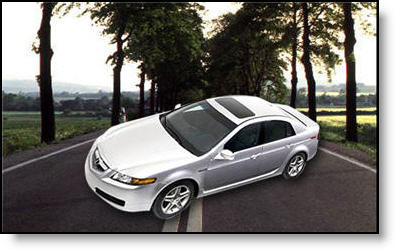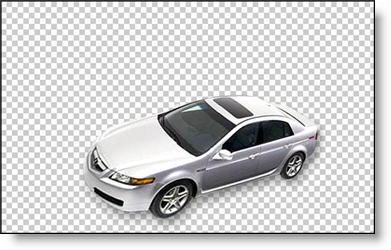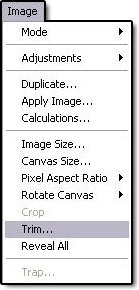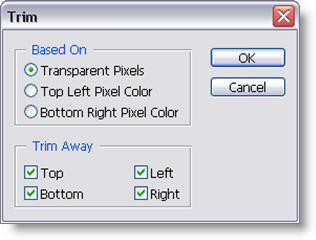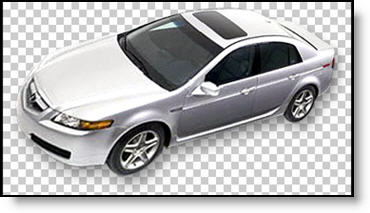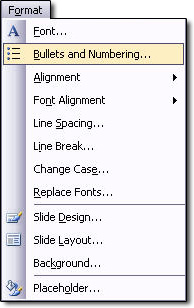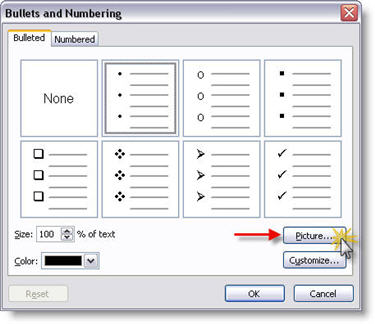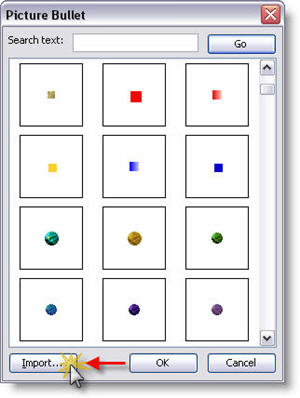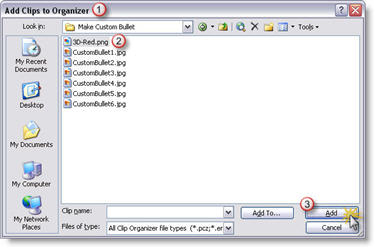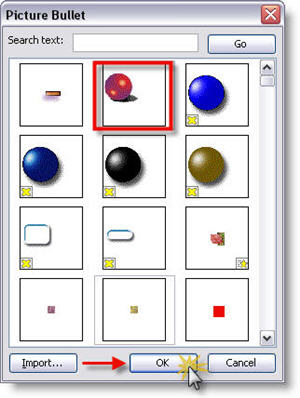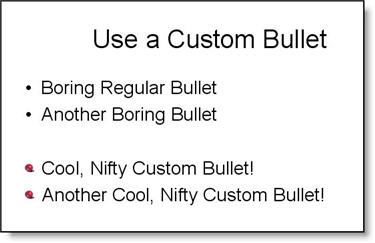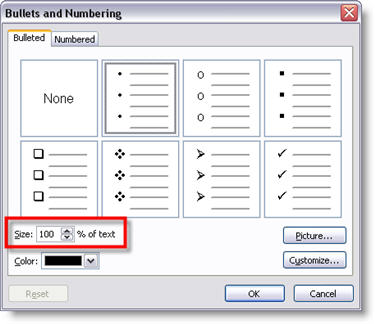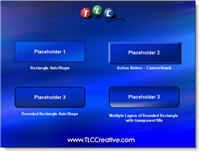Background vs. Layer in Photoshop
You are trying to remove the background from an image in Photoshop but when you hit the delete key it fills the selection with a solid color. This is an easy oversight, and even easier to correct. Most likely your image is set to a single merged/flattened layer. In Photoshop:
○ Open the layers palette by going to WINDOWS >> LAYER
○ Look at your image layer. It will either say BACKGROUND, LAYER 0 or another name. We are only concerned if it says “background.”
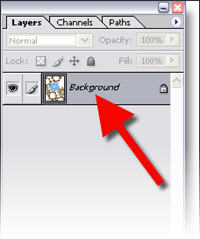
○ Either double-click the layer or go to LAYER >> NEW >> LAYER FROM BACKGROUND
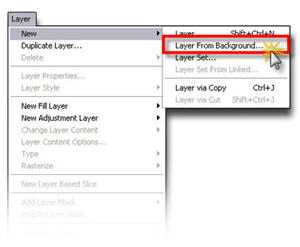
○ Optionally name the layer in the New Layer dialog, click OKAY
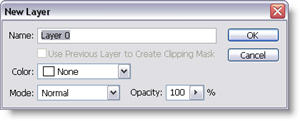
○ Now in the layers palette the “background” has been replaced with “Layer 0” or the name you set. Make a selection, hit delete and the transparency checker board will be all that remains.
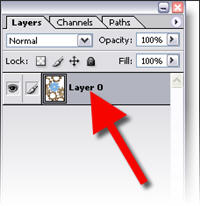
Troy @ TLC

